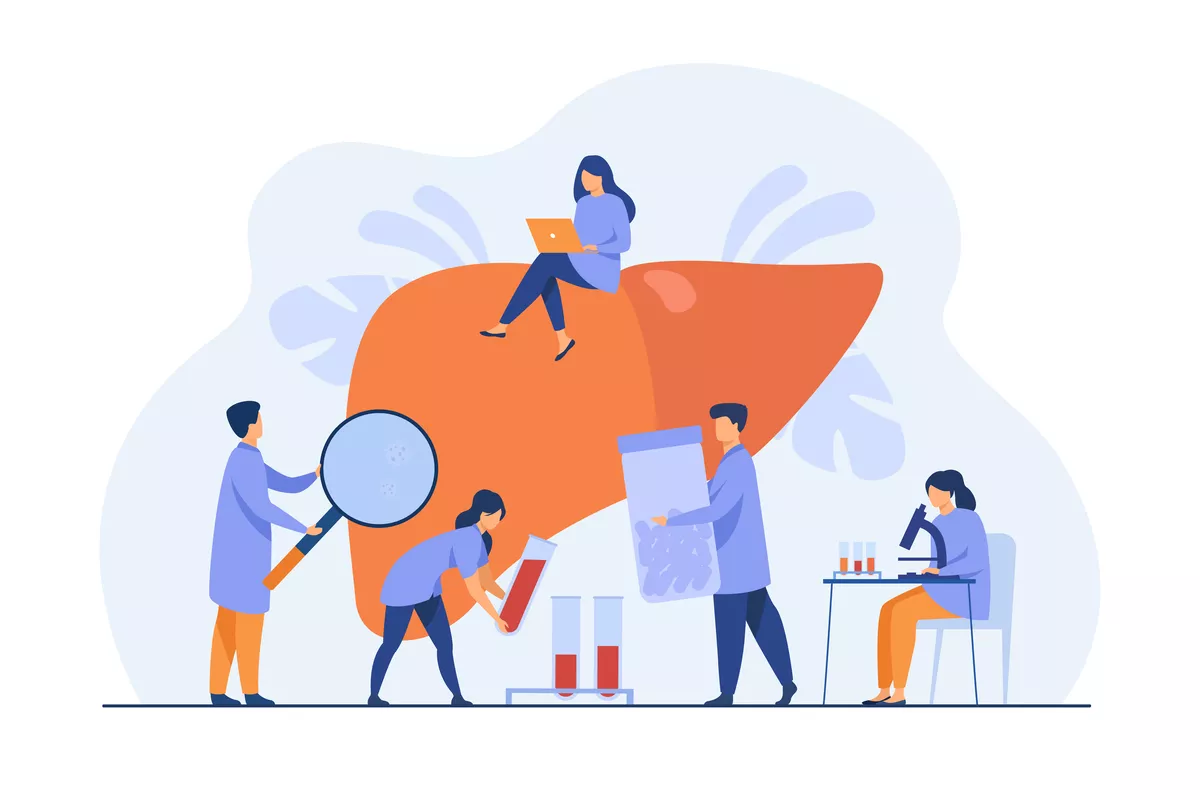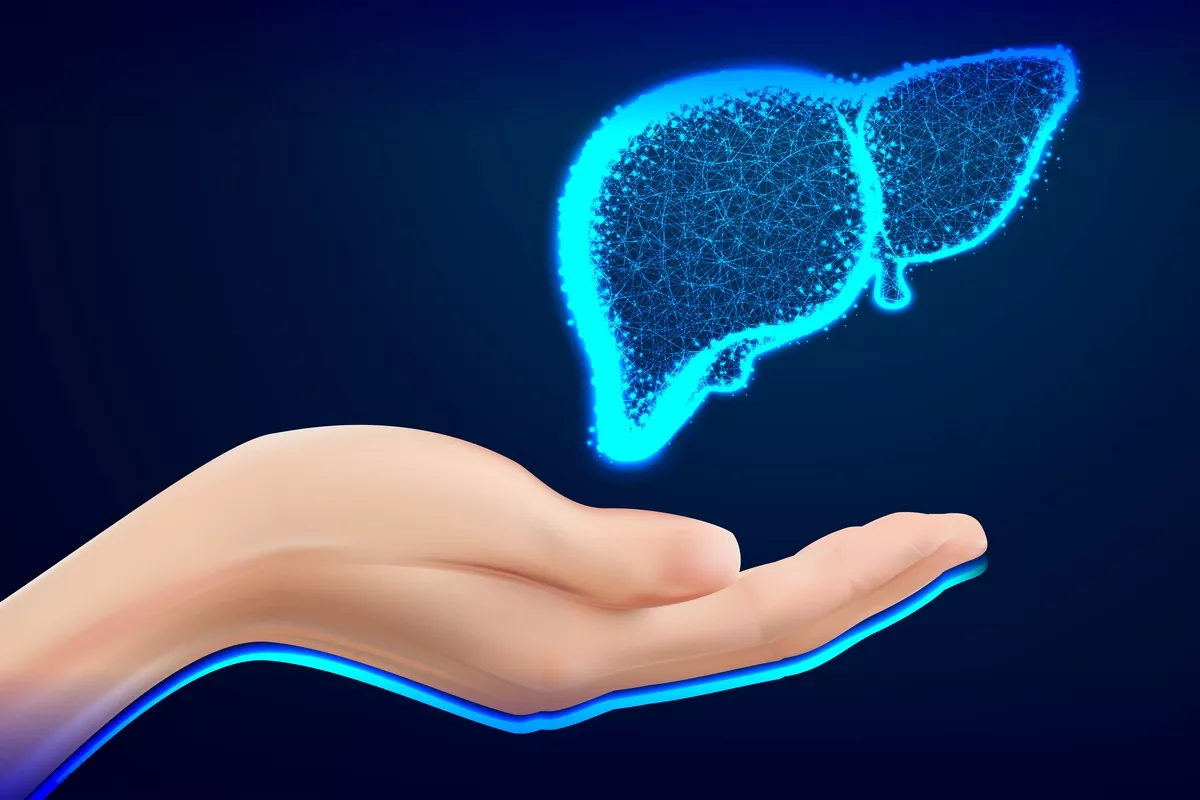Introduction
Every year, one of the most important medical procedures in contemporary society saves thousands of lives—a cadaveric liver transplant. Given that liver disease is one of the most significant health burdens of humanity at present, it is critical that as much is understood about this operation that may give an individual a new lease on life. This booklet has been prepared for patients, their families, and all people who are ready to donate organs to clarify in detail the peculiarities and nuances of a cadaveric liver transplant—from donation to post-recovery care.
What is a Cadaveric Liver Transplant?
A cadaveric liver transplant, also known as a deceased donor liver transplant, is a type of transplantation in which the liver is transplanted from a person who has been declared brain dead and has otherwise healthy organs but has agreed to donate their organs. The liver must be transplanted into a recipient within 24 hours of the donor's legal declaration of death, or it will become nonviable and unusable. This surgery is the last resort for end-stage liver diseases or acute liver failure and for which there is no other mode of treatment.
Donor Procedure
A deceased donor is typically someone who has been a victim of some form of trauma to the head, causing severe brain damage and resulting in death. Once the doctors have determined that the patient is dead by declaring that the brain has stopped functioning altogether, it is up to the next of kin of the deceased to consent to organ donation. The donor's liver is harvested and preserved for the process of transplantation. The recipient's identity is kept confidential, and no such information is released about the deceased or their cause of death.
Cadaveric Liver Transplant Surgical Procedure
A cadaveric liver transplant commences with an assessment of the recipient for his fitness status and compatibility for accepting the donor's liver. The donor liver, procured from a deceased person, is first carefully examined for suitability. The recipient is put under general anesthesia, followed by a large incision in the abdomen to access the liver. The diseased liver is removed from the body very carefully so that the vital blood vessels and ducts are not harmed. While this is being done, the donor's liver is brought to the proper temperature by replacing the preservative solution and testing for any abnormality. At the same time, the surgical team conducts venous anastomosis to connect the prominent veins of the donor's liver to the recipient. Thirdly, in the step of arterial anastomosis, the hepatic artery of the donor's liver is connected to that of the recipient. The final step is the connection of the bile duct of the donor's liver to the recipient's bile duct or the small intestine: the anastomosis of the bile duct.
Post-Operative Care
After the surgery, patients are closely monitored in the Intensive Care Unit to verify that the new liver is functioning well and to observe the signs of rejection. Patients receive immunosuppressive drugs so their bodies do not reject the new organ. Proper monitoring is required for recovery, along with nutritional planning and physiotherapy to help the patient regain strength. On average, between 85-90% of patients survive the first year post-transplant, and many live healthily for many years.
Matching and Screening
All prospective donor livers are subjected to much testing for a safe and effective transplant to be successful. The screening done includes infectious diseases such as hepatitis and HIV. There is also blood typing and tissue compatibility that will expose potential donors matched with suitable recipients for improved chances of the survival of a successful transplant.
Challenges and Innovations
The number of donor livers is going down with rising standards of safety and a decrease in fatal accidents. So, the average age of donors is also increasing. However, with innovative transplant procedures and more effective immunosuppressive drugs, even the very high-risk patients have good results.
Role of Organ Donation Programs
Organ donation programs can help in enhancing the supply of donor organs. It is such programs that permit living donations and offer options even in high-risk patient donation, hence reducing the gap between supply and demand of organs. Public education and awareness programs will encourage more people to want to be organ donors, thus saving many lives.
Facts about Cadaveric Liver Transplant
1. There is no need for matching between the donor and recipient with the same age, sex, or race.
2. Screening: With all donors, extensive virus testing and medical checks are carried out for the recipient's safety.
3. Viability of the Organ: Prior tests would ensure that the liver is fully functional.
4. Success Rates: Overall, success rates lie between 85% and 90%.
Awareness and Education
The gap between the number of patients in need of organ transplants and the donated organs available is vast. It is possible to lessen this gap by creating awareness in society and inducing people to become organ donors. Some myths can be removed by educational campaigns that also stress the benefits life gets by donating organs.
Conclusion
Cadaveric liver transplants are a beacon of hope for those suffering from severe liver diseases. The generosity of donors and technological advancements in the medical field save many lives every year. All these efforts, including creating awareness and increasing donor programs, are badly needed to meet this rising demand. While all these problems point to the direction that a lot more could be done, organ donation and its perception by the individual do make a difference—really, the difference between life and death for others.
Call to action
The liver is often called the powerhouse of the body. For patients with end-stage liver disease, cadaveric liver transplantation remains their only hope to get a second life at survival. As medical science advances and public awareness increases, so do the possibilities for saving lives through organ donation. Make a difference and offer the gift of life to become an organ donor in support of transplant programs. Understanding this process and the importance of deceased donor liver transplantation makes us all contribute to the future where more lives would be saved by organ donation.







